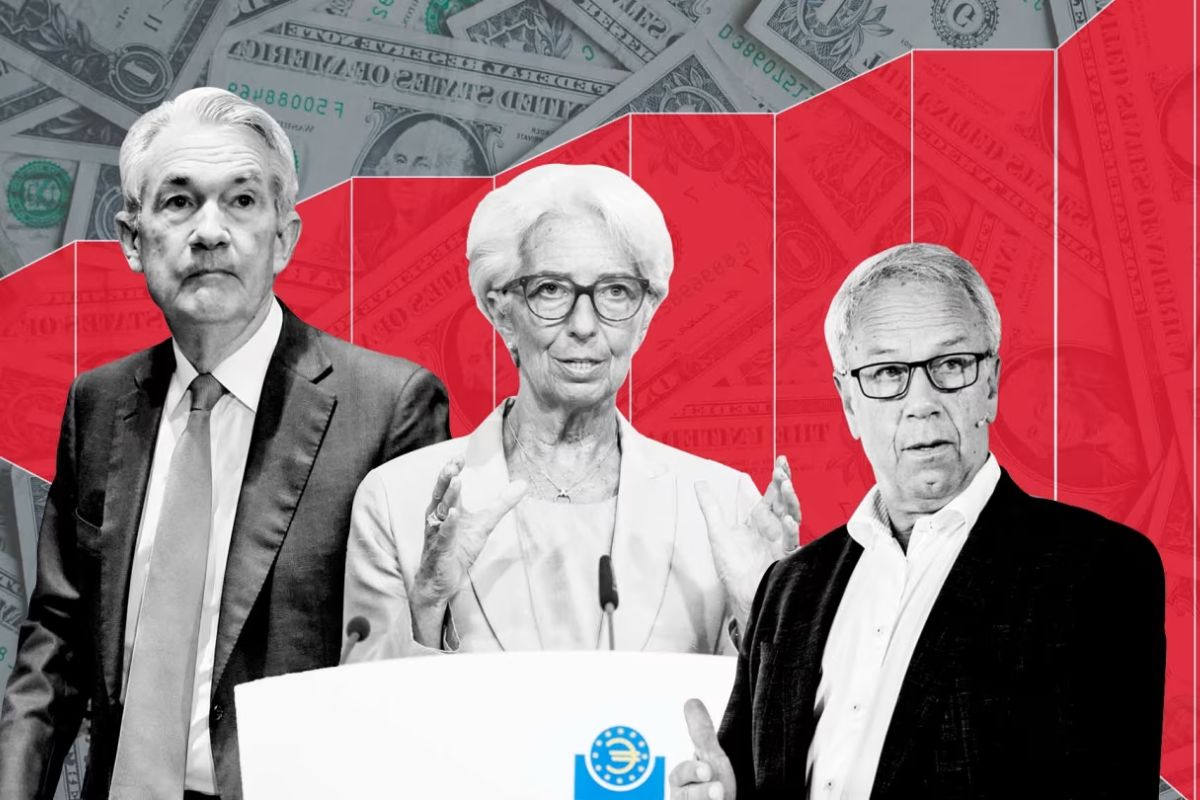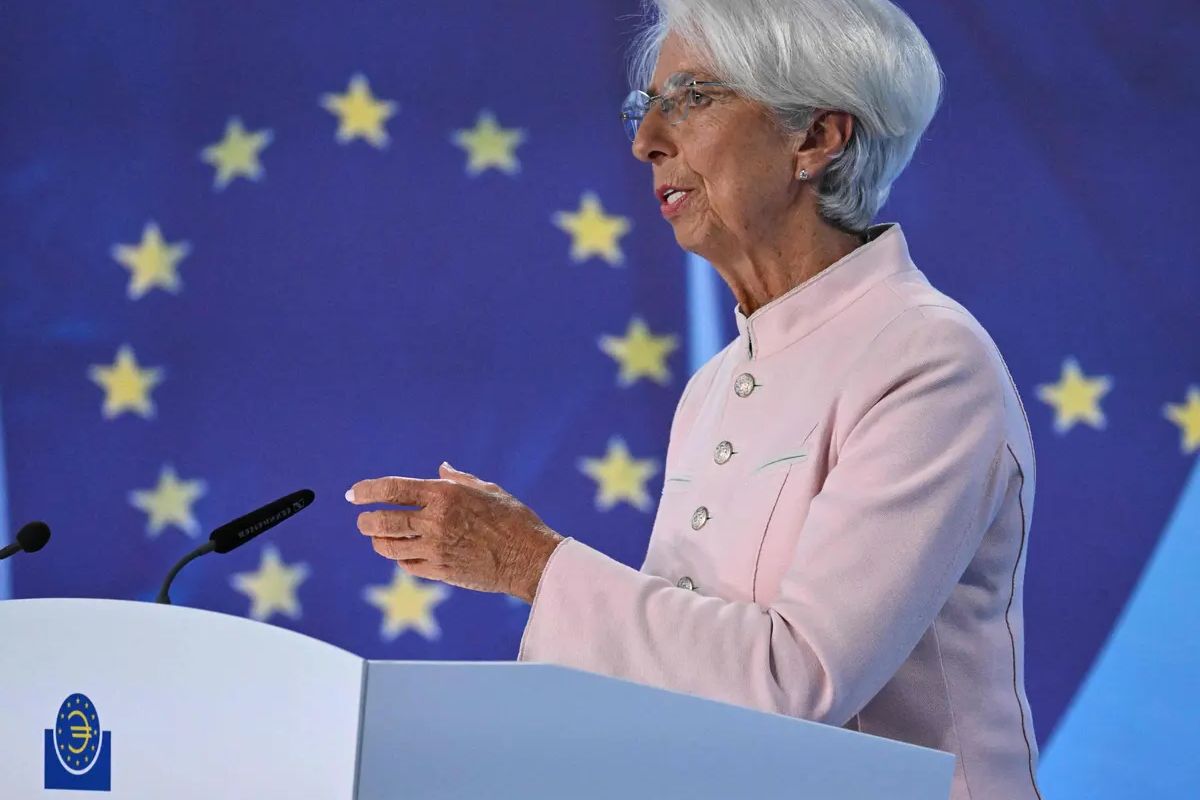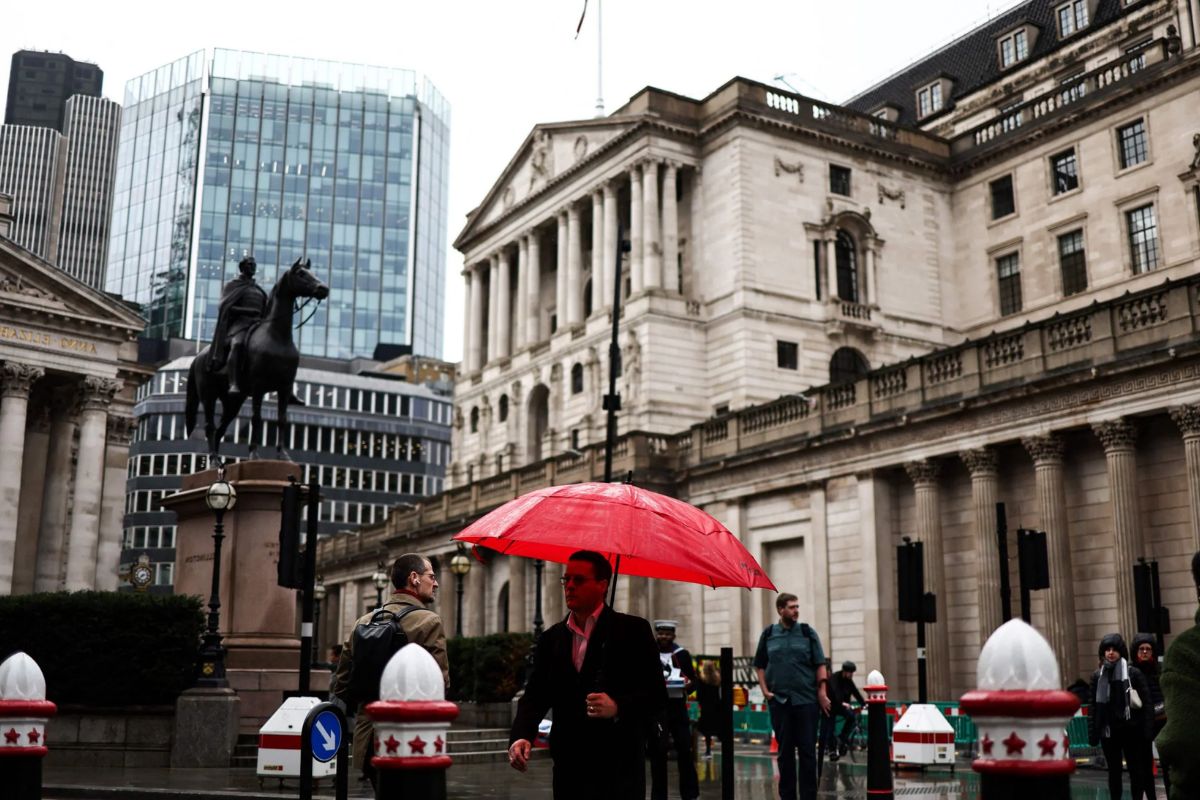ECB Holds Firm: Amidst ongoing economic struggles, the European Central Bank (ECB) has recently made headlines by holding firm and resisting the pressure to cut interest rates. This decision has sparked intense speculation and anticipation among investors, who eagerly await any signs of a potential shift in the ECB’s stance.
As the Eurozone grapples with sluggish growth and persistent uncertainties, ECB President Christine Lagarde’s position becomes increasingly critical in navigating the divergent growth outlooks across member countries. While some argue that rate cuts are necessary to stimulate economic activity, others caution against the potential risks and uncertainties associated with such a move.
As we delve into the intricacies of the ECB’s approach, it becomes evident that their decision carries significant implications for the Eurozone’s economic trajectory.
Key Takeaways
- ECB maintains record-high interest rates despite expectations for policy easing
- Investors anticipate a potential shift in the ECB’s stance, with financial markets predicting a significant basis points reduction in 2024
- President Lagarde hints at a possible rate cut in June, considering first-quarter wage settlements
- The ECB faces criticism and uncertainties surrounding its approach, with concerns about potential negative impact on economic growth and doubts about the effectiveness of its policies.
Also Read: ECB Flexes Regulatory Muscles: 20 Banks Face Capital Hike Over Loan Concerns
ECB’s Current Stance and Economic Challenges
The European Central Bank (ECB) is currently facing economic challenges and maintaining its record-high interest rates, despite expectations for aggressive policy easing. Despite recently concluding a rate-hiking cycle, the ECB deems any reversal premature due to ongoing wage negotiations and lingering price pressures.
This stance is in response to the current economic climate, which presents a mix of positive and negative indicators. On one hand, the Eurozone’s economy has shown signs of weakening, with slowing growth and declining business confidence. On the other hand, inflation remains stubbornly high, driven by rising energy prices and supply-side constraints.
These factors present a delicate balancing act for the ECB, as it aims to support growth while also keeping inflation in check. The ECB’s decision to maintain high interest rates reflects its cautious approach to policy adjustments, as it weighs the potential risks to both economic stability and price stability.
Investor Anticipation and Projected Shift in ECB’s Stance
Investors are eagerly anticipating a potential shift in the European Central Bank’s stance as they forecast a projected change in monetary policy. Financial markets are currently pricing in a significant basis points reduction in 2024, which contradicts previous expectations.
This divergence between market projections and the ECB’s current stance indicates a potential shift in the central bank’s approach. It suggests that investors are speculating on the possibility of rate cuts in the future, as they perceive the economic struggles faced by the Eurozone.
The ECB’s resistance to rate cut pressure amidst these challenges highlights the delicate balancing act they must undertake. While investors anticipate a change in the ECB’s stance, it remains to be seen how the central bank will respond to the mounting economic pressures and whether it will align with market expectations.
ECB’s Economic Outlook and President Lagarde’s Position
Amidst the divergence between market projections and the current stance of the European Central Bank (ECB), attention turns to the economic outlook and the position of President Christine Lagarde.
Lagarde and the ECB’s leadership argue that despite economic struggles, underlying price pressures, particularly in services, remain robust. They also highlight the persistence of risks, including pending wage deals and geopolitical tensions.
Lagarde has hinted at the possibility of a rate cut in June, emphasizing the relevance of first-quarter wage settlements. This indicates that the ECB is closely monitoring wage developments as a key factor in determining future policy adjustments.
Lagarde’s position reflects a cautious approach, considering both internal and external factors that could impact the economic outlook and the ECB’s decision-making process.
Divergent Growth Outlooks and Impact of Rate Hikes
Given the divergent growth outlooks and the potential impact of past rate hikes, the European Central Bank (ECB) faces a critical decision-making process in navigating the current economic landscape. On one hand, the ECB anticipates a recovery driven by household and government spending. However, economic data paints a bleaker picture, with manufacturing in recession and services cooling. These conflicting indicators create uncertainty for the ECB as it weighs the need for further rate hikes against the potential risks to economic growth. To illustrate the contrasting perspectives, consider the following table:
| Indicators | ECB’s Outlook | Economic Data |
|---|---|---|
| Manufacturing | Expecting recovery | In recession |
| Services | Expecting recovery | Cooling |
| Household Spending | Driving economic growth | Uncertain |
| Government Spending | Driving economic growth | Uncertain |
The ECB must carefully analyze these divergent growth outlooks and assess the potential impact of rate hikes to make informed decisions that support the overall stability and growth of the European economy.
Criticism, Risks, and Uncertainties Surrounding ECB’s Approach
Critics have raised concerns and uncertainties surrounding the European Central Bank’s (ECB) approach to monetary policy. They point to the risk of a policy error and the potential negative impact of monetary tightening on economic growth. Despite the ECB’s cautious stance, critics argue that its insistence on maintaining tight monetary policy may overlook the potential harm it could cause to the already struggling economy.
There are concerns that the ECB’s ingrained habits of over-tightening could hinder economic recovery and exacerbate the existing challenges. Additionally, critics question the effectiveness of the ECB’s current approach, as inflation remains subdued and growth prospects remain uncertain.
The ECB’s reluctance to ease policy in the face of economic struggles raises doubts about its ability to effectively respond to the challenges and support sustainable growth in the eurozone.
Conclusion Of ECB Holds Firm
The European Central Bank (ECB) has chosen to resist pressure to cut interest rates despite ongoing economic struggles. This decision reflects the ECB’s current stance and its outlook for the future under President Lagarde’s leadership.
However, there are divergent growth outlooks and concerns about the potential impact of rate hikes. Critics argue that the ECB’s approach may not adequately address the risks and uncertainties surrounding the economy.
Overall, the ECB’s firm stance indicates a cautious approach to navigating the challenges ahead.




